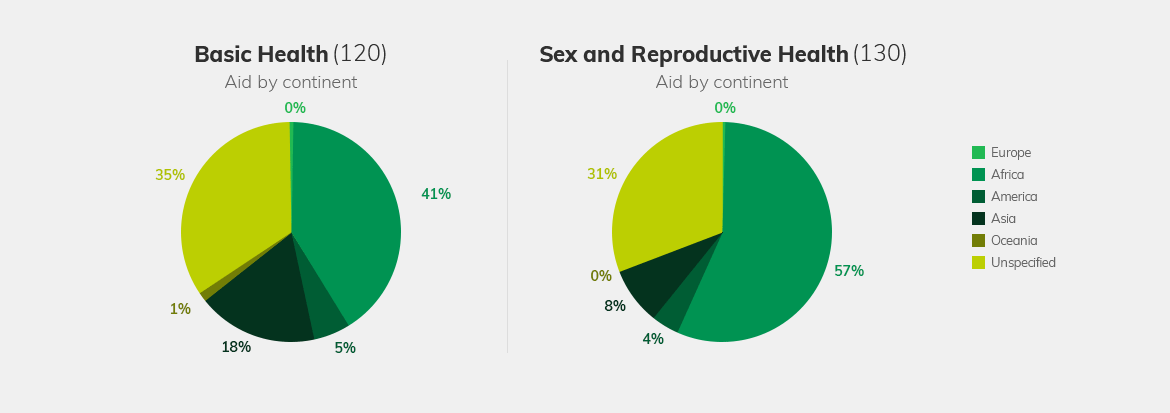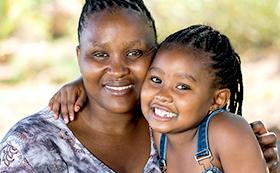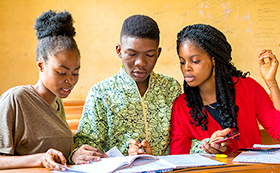
International ODA Trends
Countries’ ODA trends are introduced.
Size and strategies of each country are constantly compared and analyzed.
HOME  International ODA Trends
International ODA Trends  UK
UK
UK
Overall ODA Trends and Health ODA Trends
Britain was the second largest aid
after the United States and Germany.
According to the OECD data for 2017, the amount of aid donation in the
UK is about $ 17.9 billion. Since 2013, the UK has met the OECD-DAC's
0.7% standard every year
The UK's priority is to prioritize aid:
- 1strengthening world peace, security, and governance
- 2strengthening disaster recovery and crisis response capabilities
- 3economic reform in developing countries; and
- 4extreme poverty eradication.
The health sector is part of disaster recovery and crisis response capabilities and extreme poverty eradication. The UK's ODA in health is the second largest in the world. The average health ODA of other DAC countries is 8% of the total ODA, while the UK is 13%, which shows that the UK is very interested in the health sector. The proportion of bilateral aid in the UK is 59% of the total aid. In the bilateral aid, the top priority for the health sector was gender (22%), basic health (14%), medical survey (11%), basic nutrition (11%), infectious disease management 10%), and malaria (9%). On the other hand, 41% of the multilateral aid is mainly invested in the Global Vaccine Immunization Alliance (GAVI) and global funds.
The percentages of the UK grant aid (120) and the sexually transmitted (130) data, as viewed by the OECD-DAC's CRS aid objective code (2008-2017), are as follows.

In the area of basic health (120), Africa (56%), Uncertainty (31%), Asia (8%), America (4%), Oceania (1% (41%), unspecified (35%), Asia (18%), Americas (5%), Oceania (1%) and Europe. It is characterized by a further increase in aid to Asia.
UK ODA strategy for international healt
DFID's health strategy for UK development aid agencies is:
- 1Improve global health and security responsibilities following international health regulations.
- 2Respond to international concerns and concerns and support public health response to humanitarian disasters.
- 3Build public health capabilities, especially in low- and middle-income countries.
- 4Develop the international aspect, interest, and capacity of non-health, non-welfare, infectious diseases.
- 5Strengthen UK partnership for world health activities..
The percentage of investment by the health sector in 2017 is as follows: medical research (21%), reproductive health (14%), health policy and administration
((12%), basic health (12%), nutrition (11% 9%) as follows.

UK Girl Health Program

-
Primary health care self-sufficiency and development project
(2015-2020, Ethiopia)The project will improve primary health care and raise domestic financing to improve the health of youth, children, and mothers in Ethiopia. The contents of this project include the provision of essential medicines, improvement of primary health care services, and medical staff training.

-
Prevention of marriage (twelve countries in East Asia, Africa and the Middle East from 2015 to 2020)
The project supports activities aimed at combating marriage and is helping to speed up the marriage ban. To this end, we have partnered with UNICEF / UNFPA to provide financial assistance through the Amplify Fund. The goal of this program is to ensure the human rights of girls ultimately and to create an environment where they can maximize their capabilities, thereby bringing positive results to the overall health, education, and society.

-
The Women's Integrated Sexual Health (WISH)
(2018-2021, West Africa, Central Africa)The project is to provide reproductive health services to girls and women in West Africa and Central Africa through DFID's Marie Stopes International. The project, which is scheduled to run through 2021, targets the most vulnerable women in the region. The goal of this project is to provide education and care for women who are more likely to have unwanted pregnancies, to lead a healthy life, and to be hopeful and dreaming for the future.


